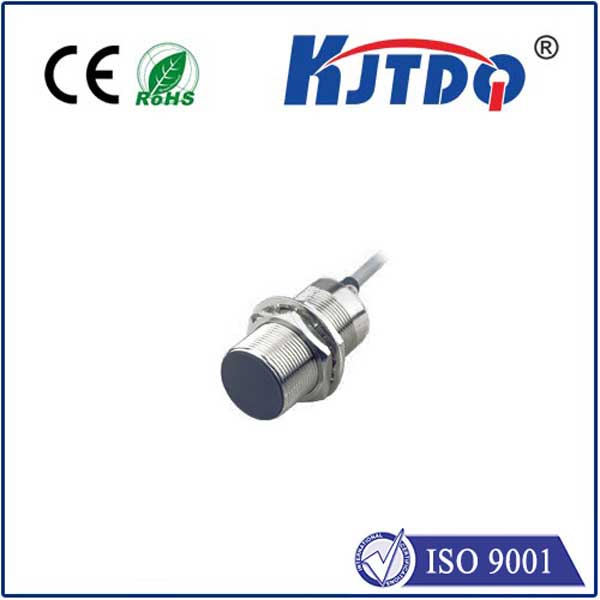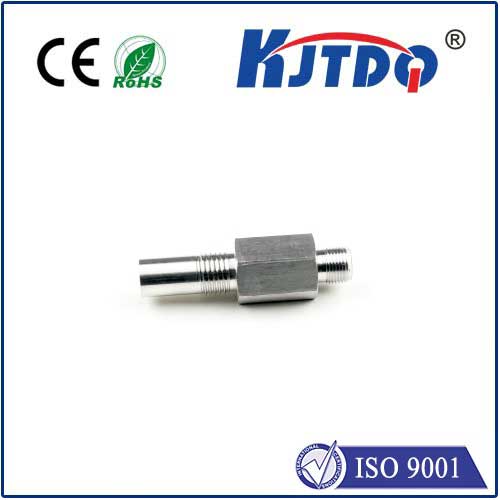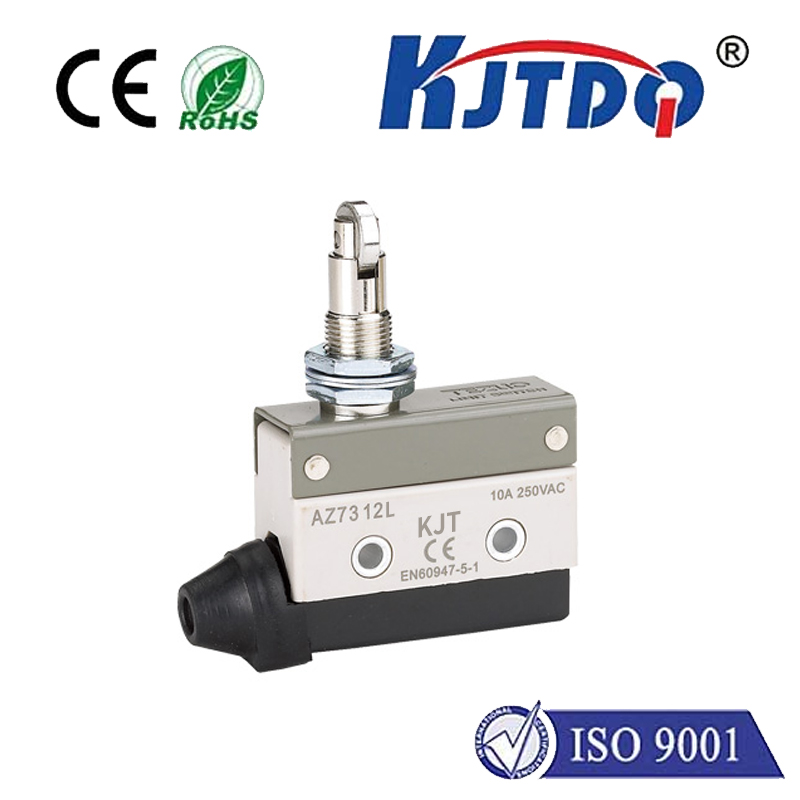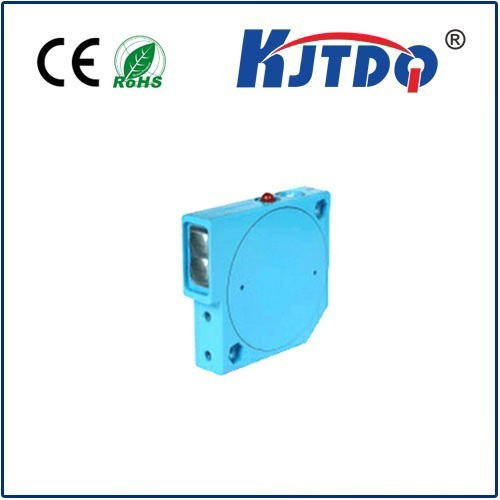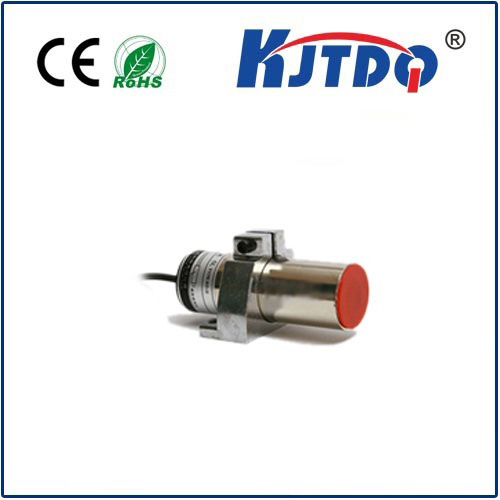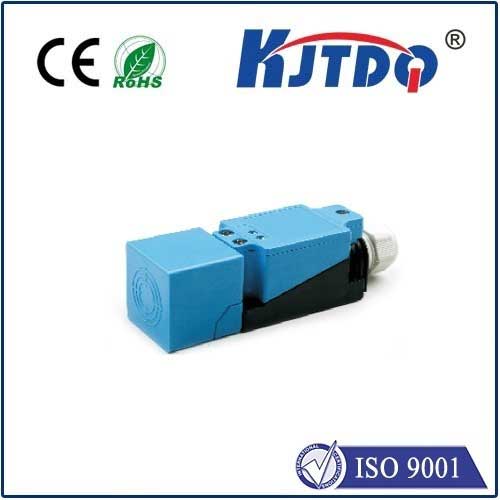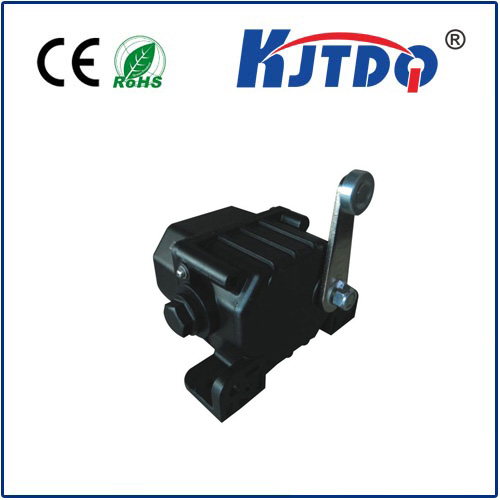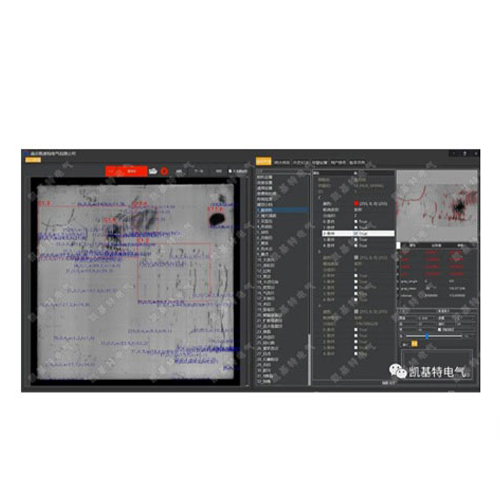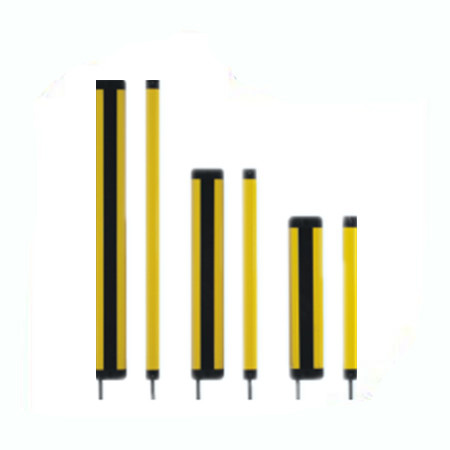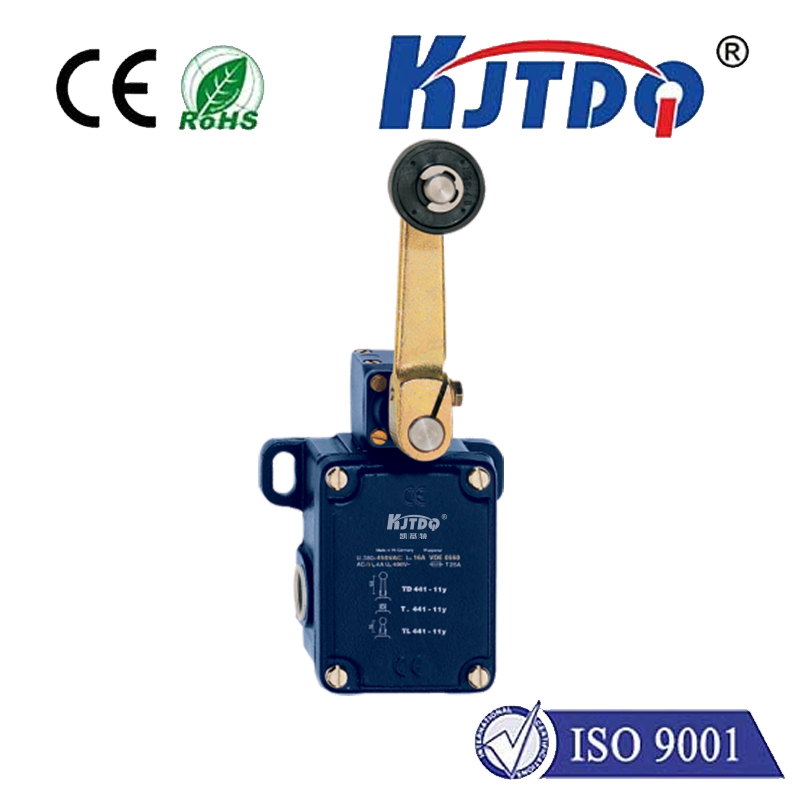Proximity Switch Price Demystified: Factors & Strategies for Optimal Value
That dreaded moment on the factory floor: a critical machine halts unexpectedly. Downtime costs mount by the minute. Often, the culprit is a seemingly minor component – a proximity switch. When replacing it, the immediate question is cost. But focusing solely on the lowest proximity switch price sticker is a dangerous oversimplification. Understanding the complex factors influencing price and the long-term value proposition is crucial for making informed, cost-effective purchasing decisions that ensure reliability and minimize total operational costs.
Beyond the Sticker Shock: What Truly Drives Proximity Switch Price?
The price tag on a proximity switch isn’t arbitrary. It reflects a combination of engineering, materials, manufacturing precision, and performance guarantees. Here’s a breakdown of the primary cost drivers:
Inductive Switches: The most common type, detecting metallic objects. Prices vary significantly based on:
Sensing Range: Longer sensing distances require more sophisticated coil designs and electronics, increasing cost. A 2mm range switch is typically cheaper than an equivalent 15mm range model.
Shielding: Shielded switches (flush-mountable) are generally more expensive than unshielded (non-flush) types due to design complexity and material containment.

Housing Material: Standard plastic housings are cost-effective. Stainless steel housings, essential for harsh environments (food & beverage, chemicals, washdown), significantly increase Приближаемся к цене переключателя due to material costs and machining complexity. Nickel-plated brass offers a mid-range corrosion-resistant option.
Output Configuration: Basic 2-wire switches are simpler and cheaper. 3-wire DC switches (NPN/PNP) and NAMUR (intrinsically safe) versions, offering more stable signals and compatibility with sophisticated controllers, come at a premium. Analog output or IO-Link enabled switches represent the higher end technologically and price-wise.
Capacitive Switches: Detect both metallic and non-metallic materials (liquids, plastics, wood). Their more complex sensing technology and circuitry generally make them more expensive than comparable inductive switches.
Magnetic Switches (Reed Switches): Often the most budget-friendly option for simple position detection of magnets, but limited in range and environmental robustness.
The True Cost of “Cheap”: Why Lowest Price Isn’t Always Best Value
Choosing a proximity switch based purely on the lowest initial acquisition cost can be a false economy. Consider these potential hidden costs:
Strategies for Finding the Optimal Proximity Switch Price/Value Balance
How do you navigate the market to find the best value, not just the lowest price?
Prioritize Quality and Reliability: For critical applications, invest in reputable brands known for durability. The longer lifespan and reduced downtime often justify the higher initial Приближаемся к цене переключателя. Research user reviews and industry reputation.
Consider Total Cost of Ownership (TCO): Look beyond the invoice price. Factor in expected lifespan, maintenance/replacement frequency, potential downtime costs, and safety implications. A slightly more expensive, reliable switch often offers a significantly lower TCO. Proximity switch price is just one component of TCO.
Leverage Volume Discounts: Consolidate requirements and plan purchases to maximize quantity discounts.
Utilize Supplier Expertise: Engage with knowledgeable distributors or manufacturers. They can help match your exact requirements to the most cost-effective solution, avoiding over-specification or under-specification. Consult them early in the design phase.
Evaluate Alternatives Thoughtfully: While alternatives can be attractive, rigorously assess if they meet all your technical and environmental needs, possess necessary certifications, and come with reliable support. Proximity switch price savings vanish if performance or safety is compromised.
Conclusion: Investing in Confidence
The Приближаемся к цене переключателя is an important factor, but it’s merely the starting point for a smart
